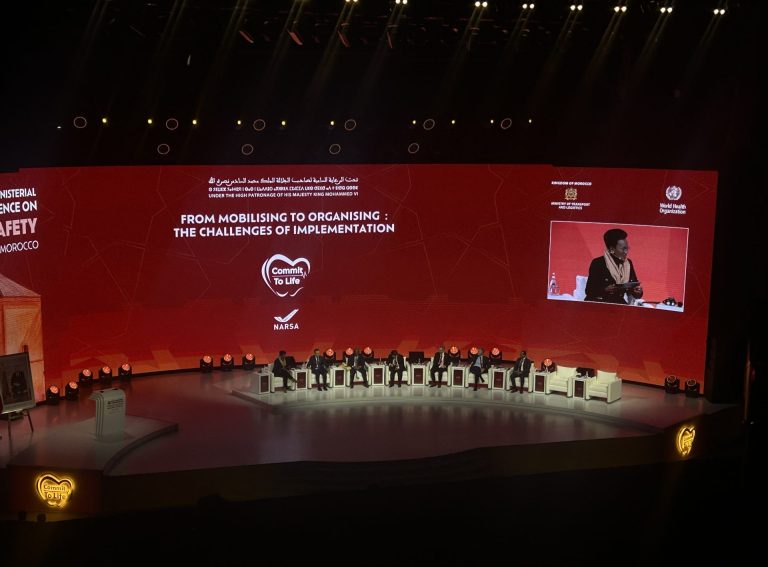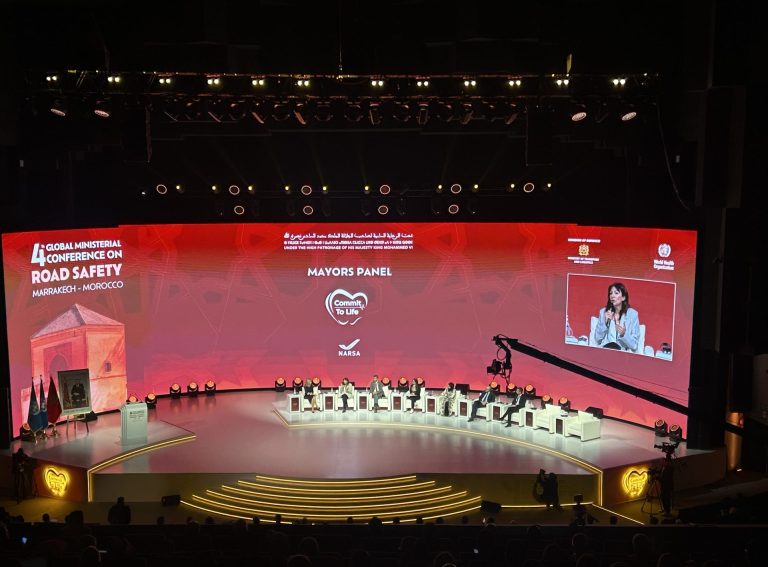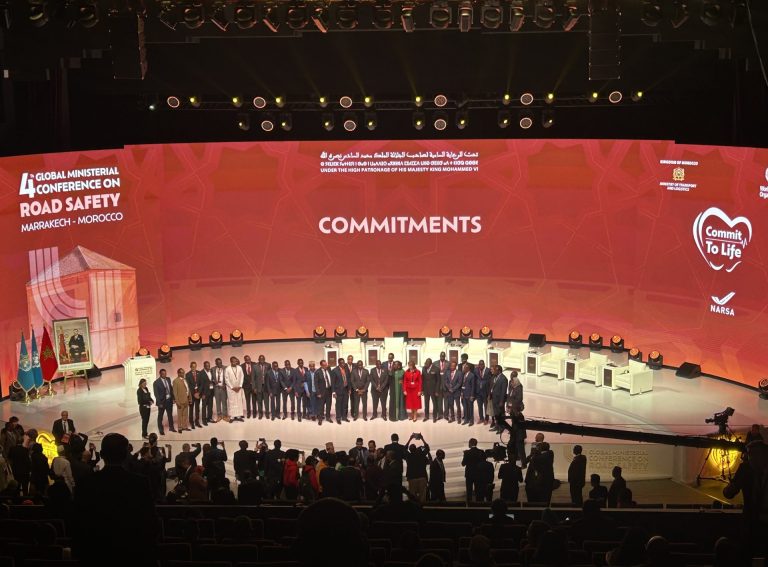At the Smart City Expo World Congress this week, global industry experts highlighted the value of cross-sector collaboration in solving urban mobility challenges.
The High Level Roundtable was chaired by Maria Tsavachidis, CEO of EIT Urban Mobility. EIT Urban Mobility propels the deployment of innovative mobility solutions via the creation of ecosystems with, for example, its Startups Growth Lab uniting more than 1000 mobility entrepreneurs.
Kicking the session off, Maria asked the panel: “How does a city breathe innovation?”
Deputy Mayor for Zero-Emission Mobility in the City of Utrecht, Eva Oosters, said that innovation should be a focus point for every single department of a municipality. Eva is not only responsible for Utrecht’s zero-emission mobility, but she’s also a Councilor of the Municipality of Utrecht for Culture, Sports, Events, and Participation.
“Even in the culture space, there’s a fund for cultural institutions to find innovative solutions to the problems we face as a city,” Eva said, and she flagged a smart mobility team within the municipality that works flexibly across different groups to find smarter mobility solutions.
“I think a large part of why smart mobility is so successful in Utrecht is because it’s part of every department, and it needs to be because there’s a sense of urgency too. We’re growing from 350,000 people to 450,000 people in 15 years – that’s a lot for the small space in our city.”
Utrecht’s mobility ecosystem isn’t confined within municipality boundaries and extends to the national level too. The city is part of the Dutch Metropolitan Innovations (DMI) ecosystem which unites 15 cities in the Netherlands with 60 companies and institutions to find innovative smart city solutions. Earlier this year, the DMI ecosystem formed its Digital Orchestration of Public Space consortium to further improve mobility systems in Dutch cities with the use of digital tools.
Going one step further, Utrecht is the president city of the international European organisation POLIS for the coming year. “There you can see how powerful it can be to work with all the different regions and cities around us on the continent to find solutions for the problems we all face.”
Attracting talent for collaboration
Maria credited Utrecht as a good example for public-sector collaboration, but from this stems another question: how can the public sector attract the talent that makes this collaboration possible?
Abdulrahman Ibrahim is the Chief Data and Innovation Officer at the Madinah Region Development Authority. With 27 years of public and private sector experience, he believes in the public sector acting as a “broker” which facilitates interactions within the ecosystem, rather than as a challenge to the authority of other stakeholders.
“One of Madinah’s projects is the Bus Rapid Transit Project. This project involves seven government agencies and a consortium of three private sector companies. Imagine the amount of ego it would take for us to enter the meeting room with 10 agencies and say ‘let’s do it our way’.
“We don’t position ourselves as the leader of the project, but rather we facilitate and orchestrate it.”
The development authority’s role of ‘facilitator’ goes all the way down to the design choices of its innovation lab which seeks to solve urban challenges within the region.
“We selected the location of the innovation lab to be outside of the Madinah Region Development Authority premises, because we didn’t want the psychological barrier of other government agencies coming to our premises and asking why we aren’t coming to them.
“This also applies to citizens when we involve them in the ideation phase. We don’t want them to come to our premises feeling like there’s a formal setup in place and rigid processes. So we decided on a neutral building rather than a government building.”
Innovating at pace
When exploring how ecosystems can help keep innovation on track with the rapidly transforming automotive sector, Raed Kadri highlighted the success story of Ontario.
Head of the Ontario Vehicle Innovation Network, Raed flagged that Ontario is the second largest producer of vehicles in North America making the sector a significant contributor to the province’s economy.
When technology began transforming the automotive sector, Ontario created its ‘Driving Prosperity’ plan to remain a leader of the industry, and in the last four years the province has attracted $45 billion of investments in electric vehicle and battery manufacturing.
With the introduction of autonomous vehicles, Raed said that Ontario recognised that automakers don’t have the innovators, entrepreneurs, post-secondary institutions or infrastructure they’d need to develop their vehicles. “And so we decided in Ontario that we were going to bring that all together in one ecosystem, both regionally and then provincially, to leverage our strengths from our world class post-secondary institutions to our entrepreneurial spirit.
“I would say modestly – as best as I can – that when we started off we had a few jurisdictions who we looked to and wanted to surpass. Fast forward a few years later, and those jurisdictions were coming to us and saying that they’d been told to look to Ontario for the work we’d done on building our ecosystems and focusing on innovation and commercialisation.”
For Normunds Popens, Director General at the European Commission’s Directorate-General for Education, Youth, Sport and Culture, innovation and research also has a key role to play in fostering competition across the European Union.
With a green and digital transition, Normunds said that Europe has faced industrial challenges and lost some of its traditional industries which have moved towards a more service-oriented economy. To “embrace competition in a European way”, he calls for research and innovation to welcome the digital transition and build on opportunities, rather than try to bring back industries which have left the space.
“Research in the EU is at a very high level. We have top notch researchers, and support from the EU budget and from the Horizon program. But the EU also has some important gaps to fill.
“It’s very important to understand that innovation is not about technology and equipment. It’s about people. In Europe, we are seeing that the basic education and basic skills are deteriorating. We don’t have enough people with the innovation and research skills needed, so we must tie this in with education.”




